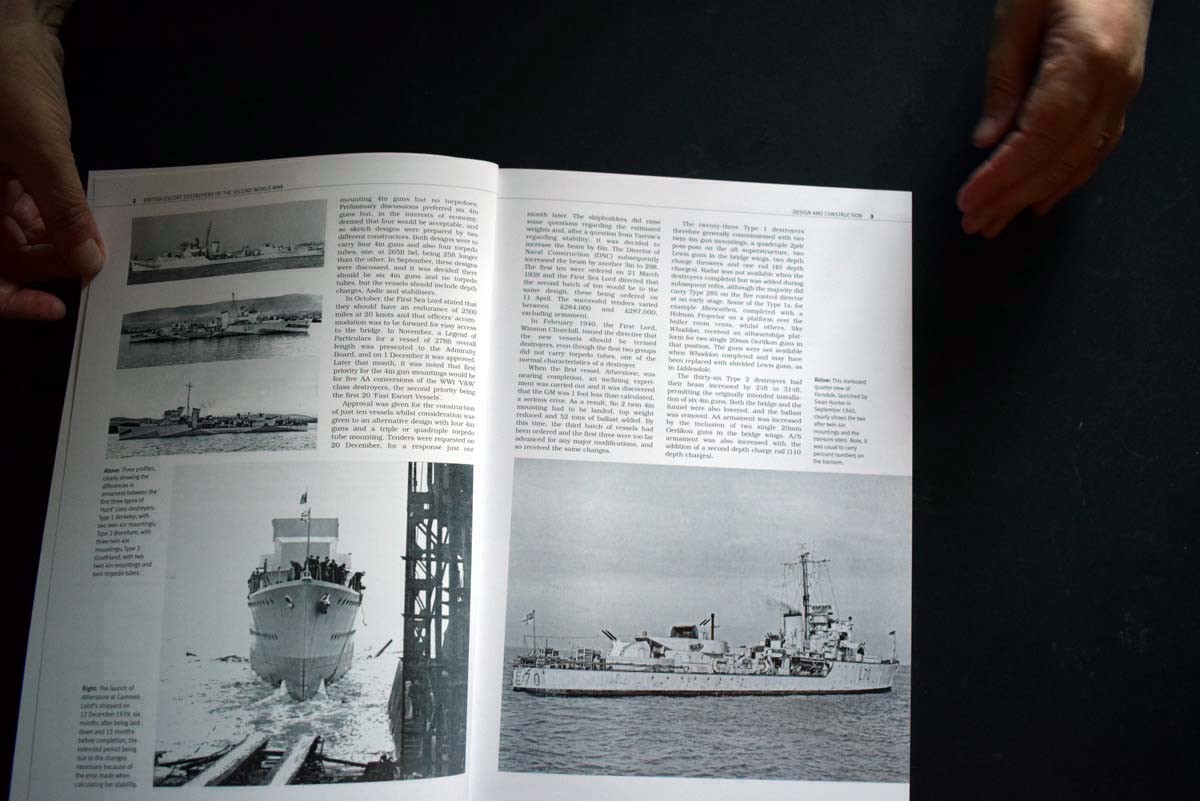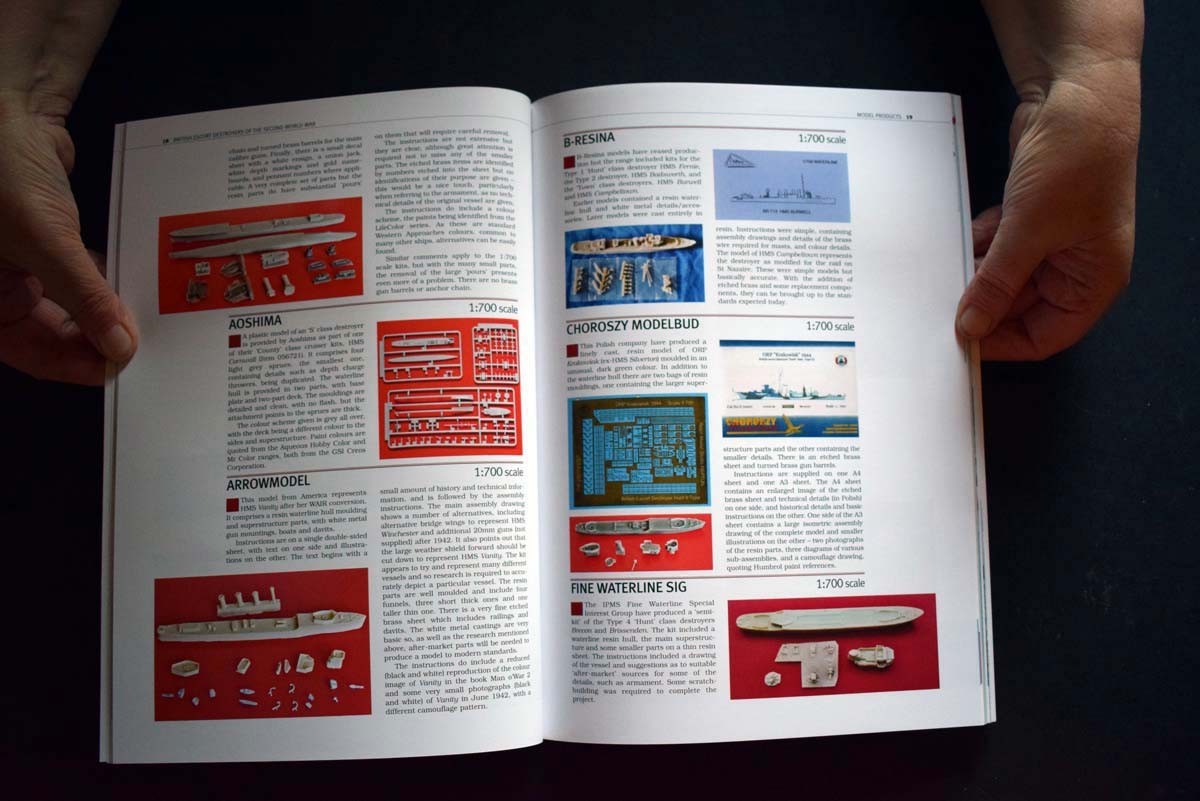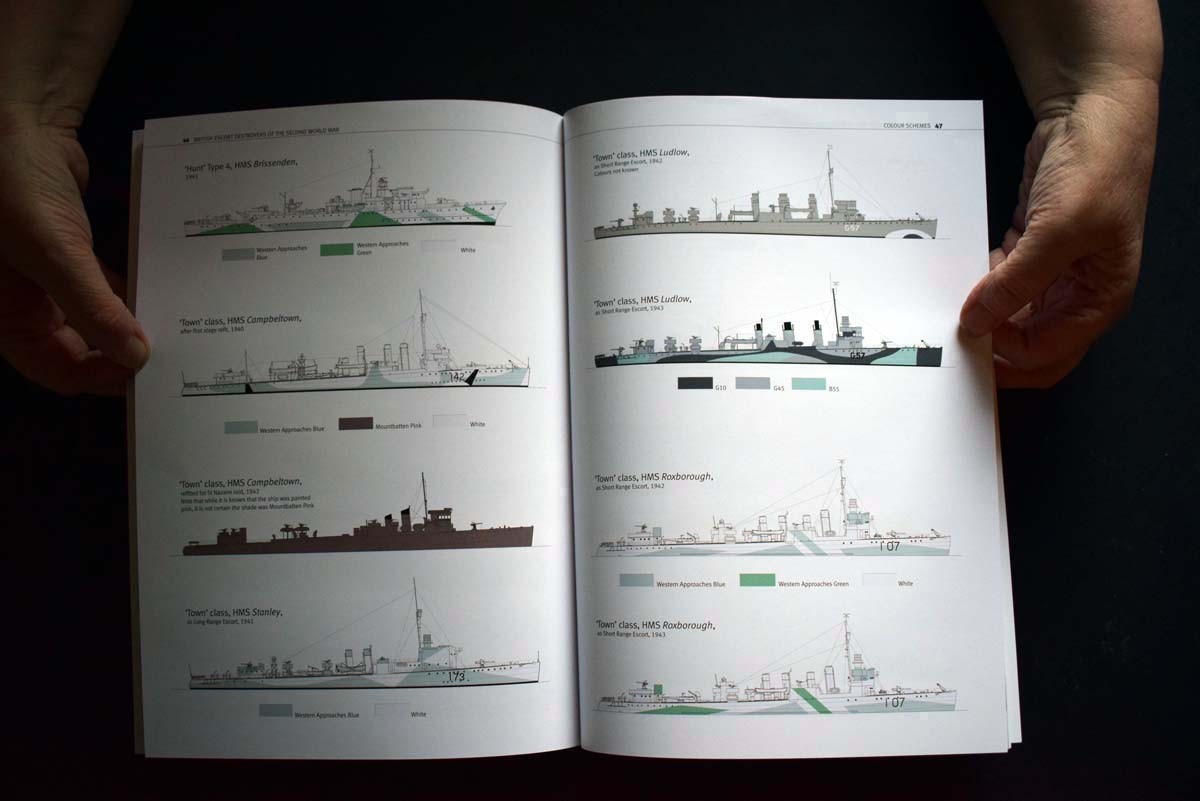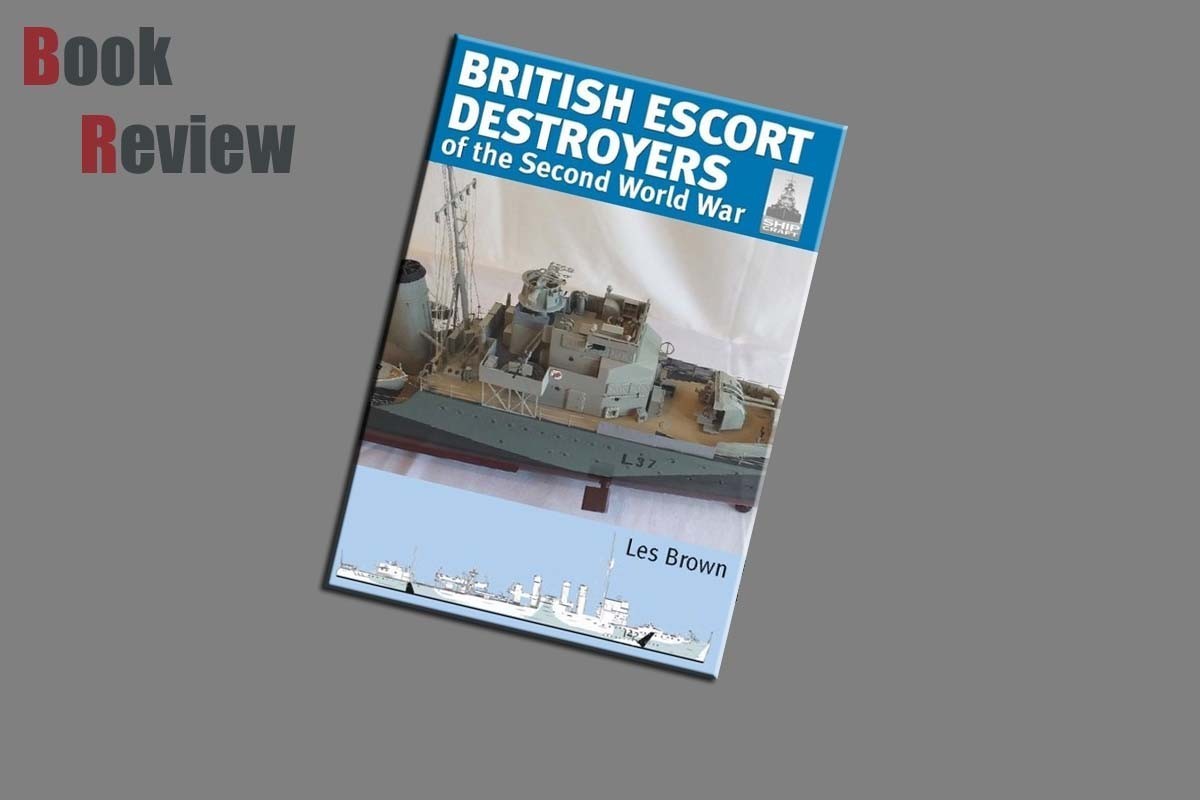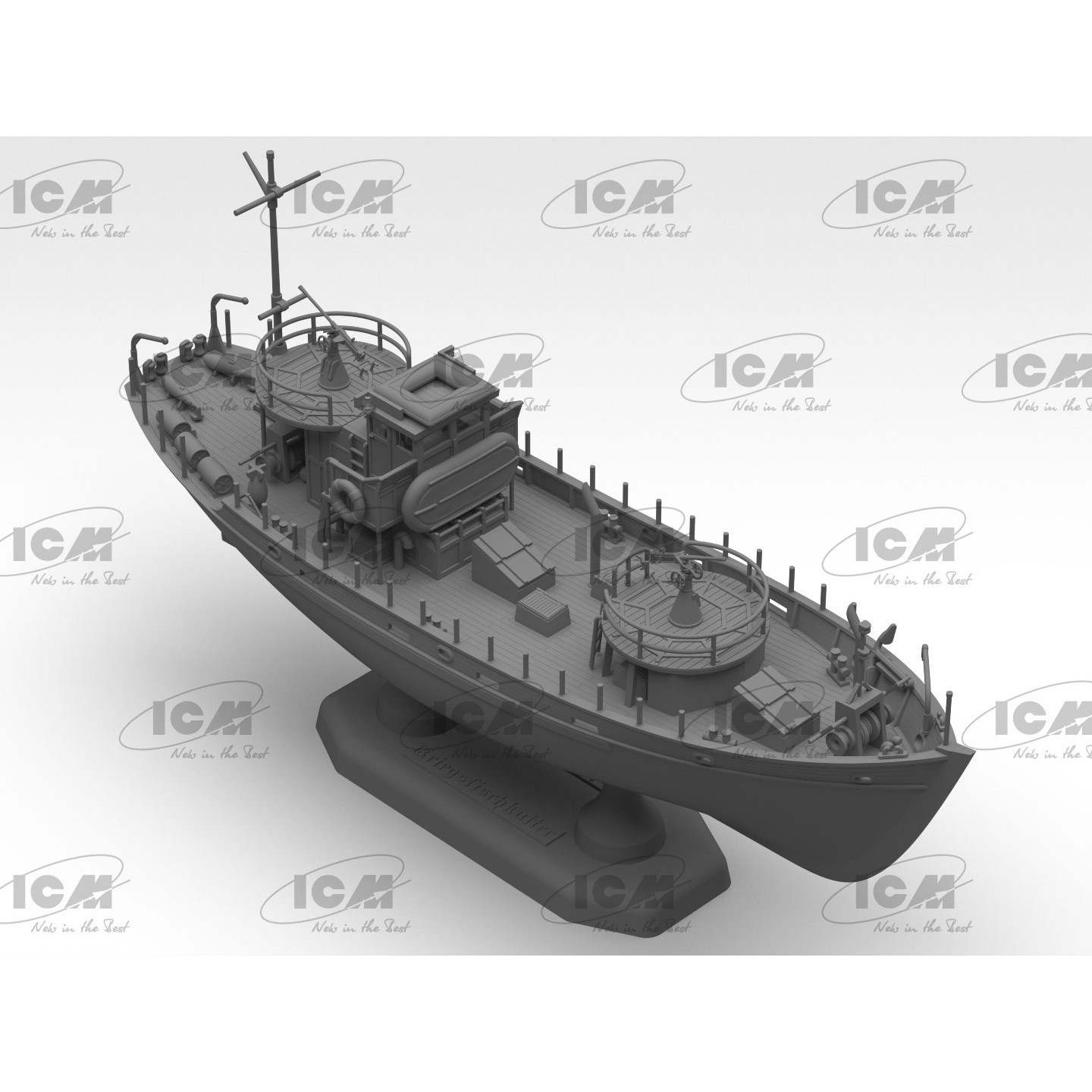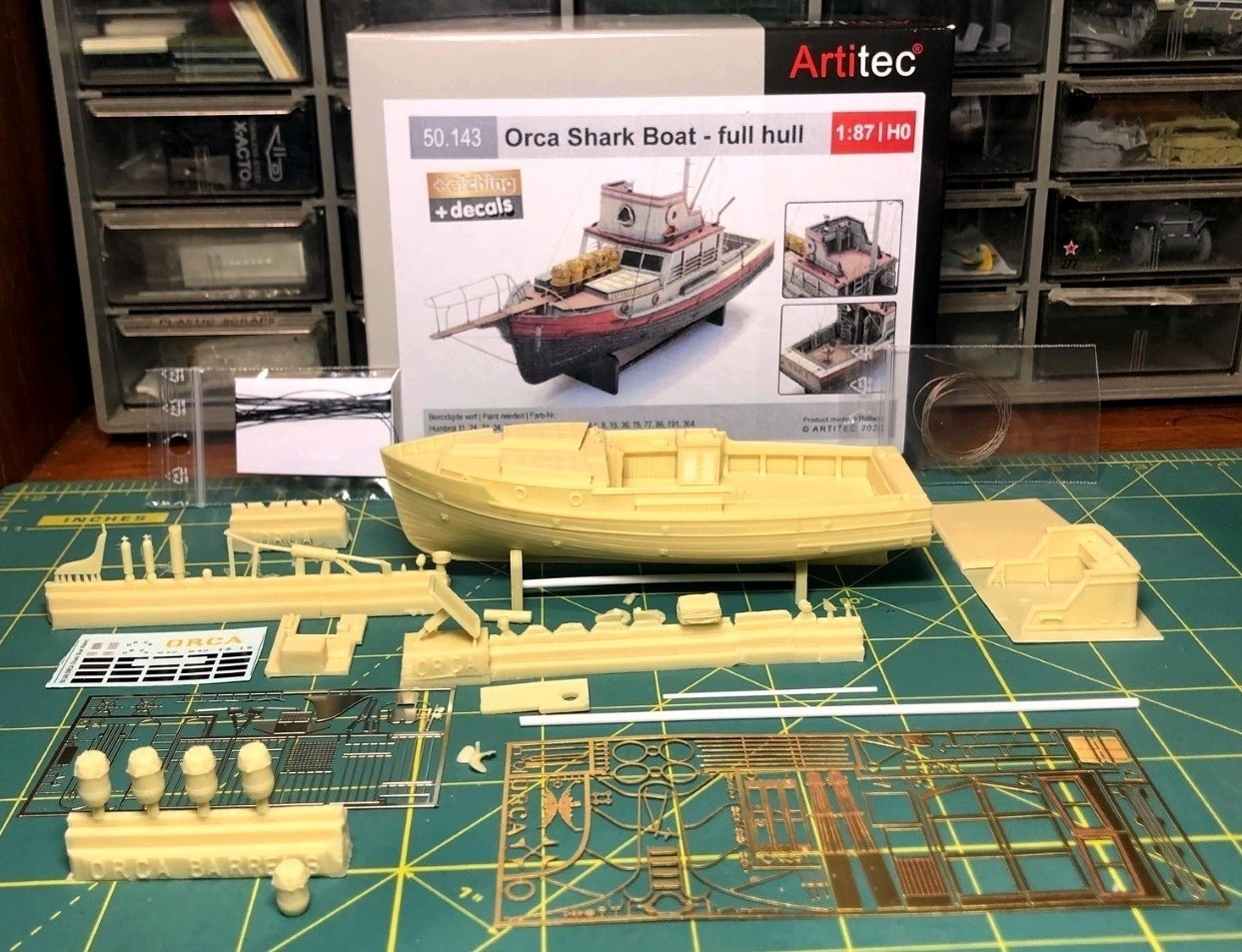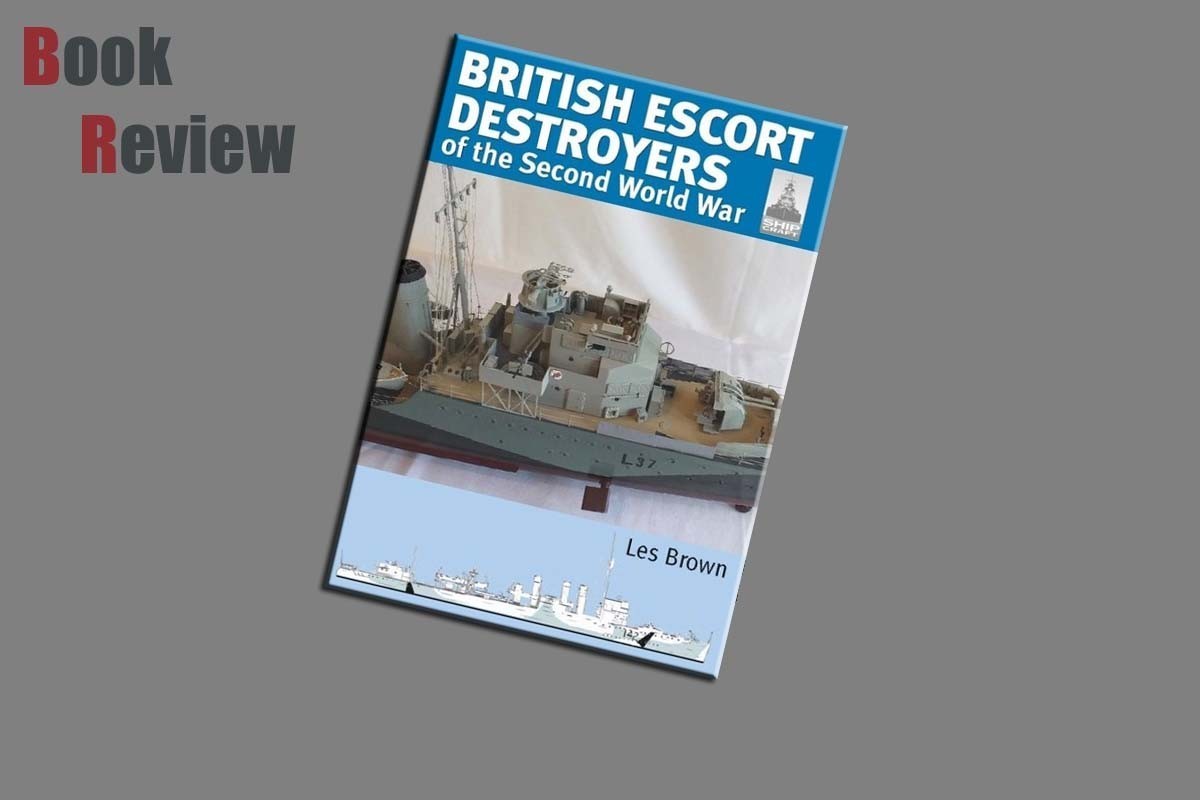
Introduction
The following introduction is taken from the Pen and Sword website:
The ‘ShipCraft’ series provides in-depth information about building and modifying model kits of famous warship types. Lavishly illustrated, each book takes the modeller through a brief history of the subject, highlighting differences between ships and changes in their appearance over their careers. This includes paint schemes and camouflage, featuring colour profiles and highly detailed line drawings and scale plans. The modelling section reviews the strengths and weaknesses of available kits, lists commercial accessory sets for super-detailing of the subjects, and provides hints on modifying and improving the basic kit. This is followed by an extensive photographic gallery of selected high-quality models in a variety of scales, and the book concludes with a section on research references – books, monographs, large-scale plans and relevant websites.
This volume covers the many variations of Royal Navy wartime escort destroyers, both the purpose-built ‘Hunt’ class and the conversions from older fleet destroyers. The ‘Hunts’ were built in four groups (Types I to IV), while the old ‘V&W’ classes were modified to Long Range Escort, Short Range Escort and ‘Wair’ (anti-aircraft) variants. Also included are the fifty ex-US ‘flush-deckers’ that became the ‘Town’ class.
With its unparalleled level of visual information – paint schemes, models, line drawings and photographs – this book is simply the best reference for any modelmaker setting out to build any of these numerous escort types.
Review
This offering from Seaforth Publishing courtesy of Pen and Sword is authored by Les Brown. This is a soft backed book of 64 pages and printed in a portrait format. The contents of this title are laid out as follows:
Design and Construction
Model Products
Model Makers Show Case
Colour Schemes
Camouflage
Modifications
Plans
Selected References
During World War II the British had a huge Navy, and this book attempts to look at the Destroyers we had during World War II. What the author Les Brown has done here is look at the vessels by class, and provided some information on the vessels in that class. Some period photographs of the ships in their various classes have also been included. Obviously a book that is only 64 pages long can never expect to cover the destroyers in any depth or their entirety. However, as this book is aimed at the modeller, Les Brown has done enough to make it interesting, and as such I am pleased with what he has managed to provide.
The section covering the models looks at a number of producers from around the world in a number of materials and scales. These cover both complete models and after market items, and as this book is along the same line as TankCraft titles I have to say I am more than impressed with the modelling section in this book. With the author going into far for depth than is usually the case. This follows on to the model making showcase where you are presented with finished models as follows:
Paper-Lab Liddesdale, 1/700th scale by Dave Eyles
AGM Models Malcolm and White Ensign Models Montgomery in 1/350th scale by Dave Eyles
Airfix Campbeltown 1/600th scale by Dave Wooley
Neptunia Cotswold 1/200th scale By Mariusz Janiszewski
Scratch Built Hambledon 1/72nd scale by Ian McFarlane
Chorosky Modelbud Oakley and WSW Roxborough in 1/700th scale by Peter Fulgoney
WSW Westminster 1/700th scale by Ray Nolton
Scratch Built Cotswold, Badsworth and Rockwood 1/350th scale by Phil Reeder
Airfix (Mirage), Burnham 1/400th scale by Roger Thomas
Deans Marine Melbreak 1/96th scale by Ron Wilkinson
As you can see from this broken down list, there are a lot of vessels covered in this model showcase, and while I appreciate seeing this great work I would have liked to have seen some of the work stages that had gone into the finishing of these models.
The book now goes on to share with us a number of artists profiles showing various vessels in a number different camouflage schemes, and how they were applied to the vessels hull. Beneath the artist profiles are the colours utilised in the schemes and a reference number with each and in some cases the name of the colour but I do not know whose paint the reference numbers refer to. The book then provides you with some information on camouflage and provides period photographs of vessels sporting the camouflage patterns discussed. You then get a number of ship schematics showing the vessels from the right side and above, and as a modeller I would find these quite useful reference. At the very end of the book, the author has provided a list of references he suggests to use.
Conclusion
This offering from Seaforth Publishing and authored by Les Brown is presented in a style that I appreciate as a modeller. While ships are not something that I build, I could see a book such as this being particularly beneficial. The book itself I would class as being broken into roughly four equal parts, the four sections that I would class it as - information on the physical vessels, some of the products that are out there, a look at what can be achieved depending on your ability and finally visual reference and painting guide. The only negative, I would have liked to have seen some of the work that had gone into the finished models rather than just the result.
